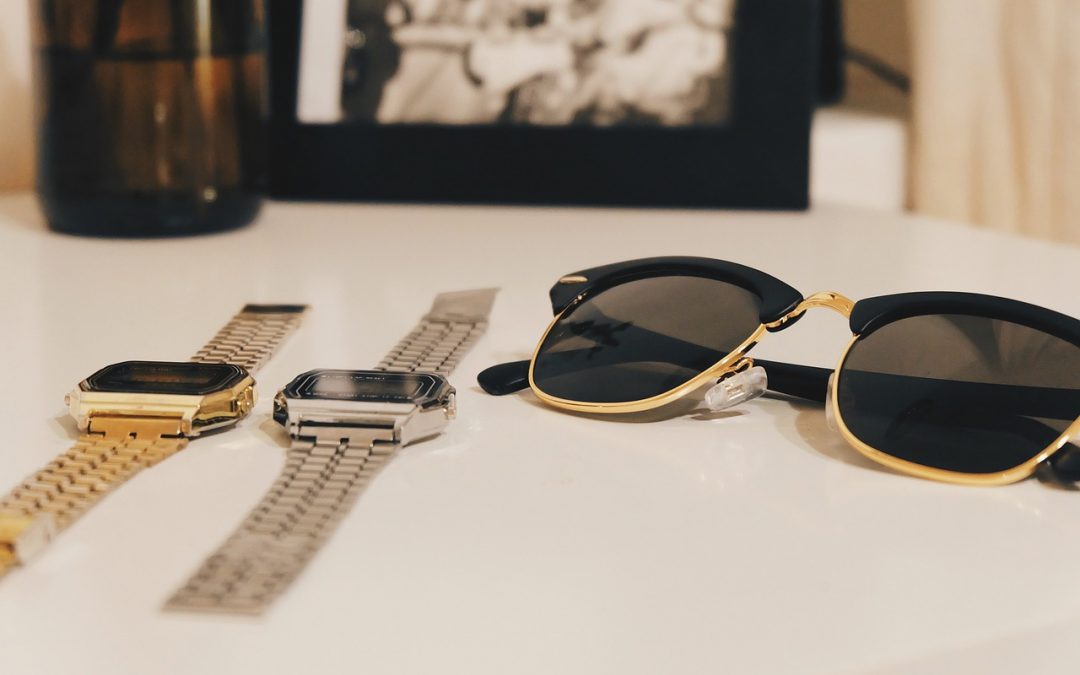When getting a new watch, there are a few different types you can choose from. The most common type is an automatic watch (also called self-winding), and the other type is mechanical (also called manual wind). We will compare these two types below and outline their pros and cons for you to consider when making your decision.
Automatic Watches
Automatic watches have a watch movement that is powered by the natural motion of your arm, so no battery or winding is needed. The second hand on an automatic watch oscillates and moves in small interval increments to give it more accuracy than just moving once per minute like a mechanical timepiece does.
Pros
- These watches are really an engineering marvel (check this hugo boss watch), as they’re able to automatically wind themselves without any input from the wearer. The watch movement is a complex system of gears, levers and springs that are constantly rotating to keep everything in motion, so the timepiece doesn’t stop ticking.
- There is a large selection of automatic watch brands, styles and prices so you can find one to fit your style.
Cons
- The automatic watch is that it’s more expensive than a mechanical timepiece as they are made with higher-quality materials.
- It can be heavier on the wrist as the rotor is heavier compared to other types.
- It needs to be worn regularly so that it can wind up its mainspring, else there will not be enough power for it to run.
Mechanical Watches
Mechanical watches do not have automatic winding or battery power like an automatic watch does, but instead requires winding at regular intervals (usually daily) to keep the watch running. This is done manually by winding a knob on the side of the watch with your fingers, turning it or pressing down on the stem (also known as ‘winding crown’).
Pros
- Mechanical watches are generally less expensive than automatic watches, costing between $50 and $100.
- You have more control over the power source as you can wind up a mechanical watch by turning the winding crown with your fingers or pressing down on it. You don’t need to buy batteries.
Cons
- The need to wind a mechanical watch manually means it will stop running if you don’t wear and wind the watch after at-least eight hours each day.
- If your hands are too big or small, you may not be able to reach the winding crown in order to turn it or press on it. This can make some watches difficult to use.
- Constantly winding the mainspring can cause significant wear-and-tear of the crown prematurely.


